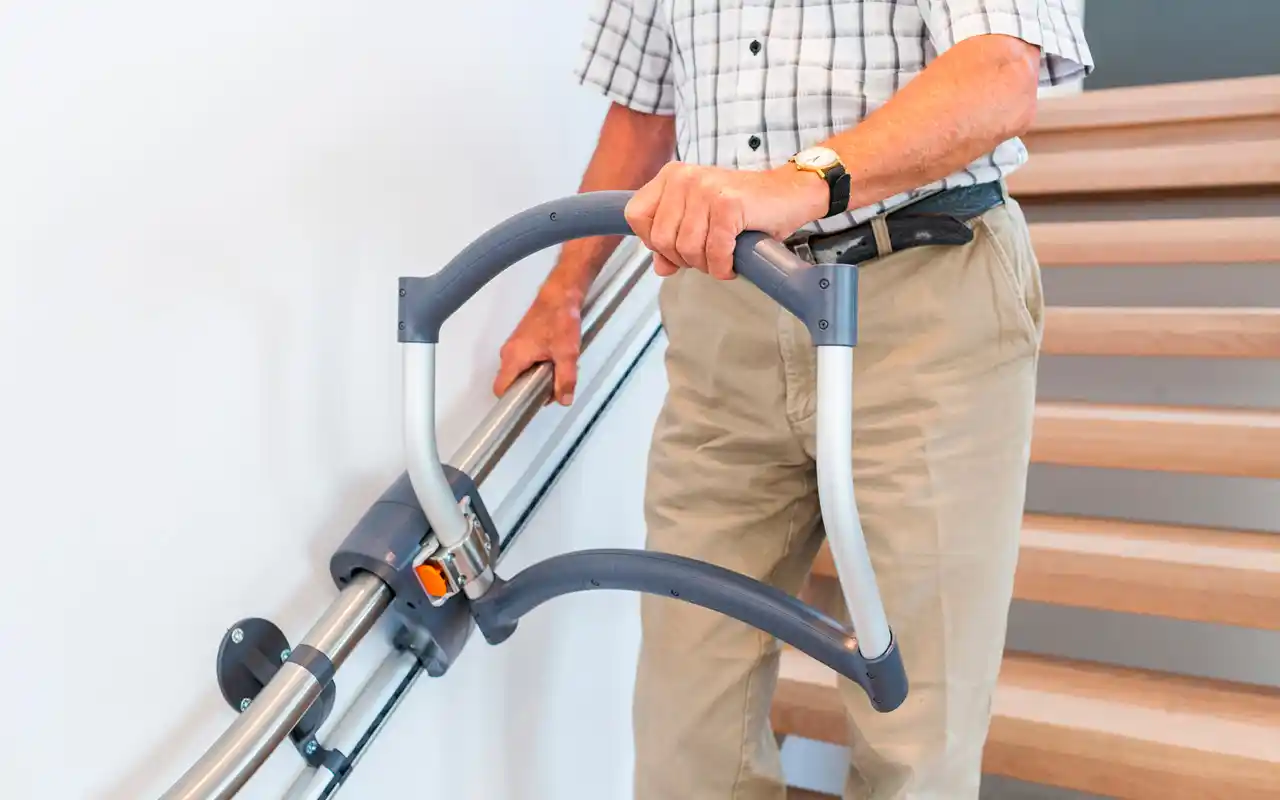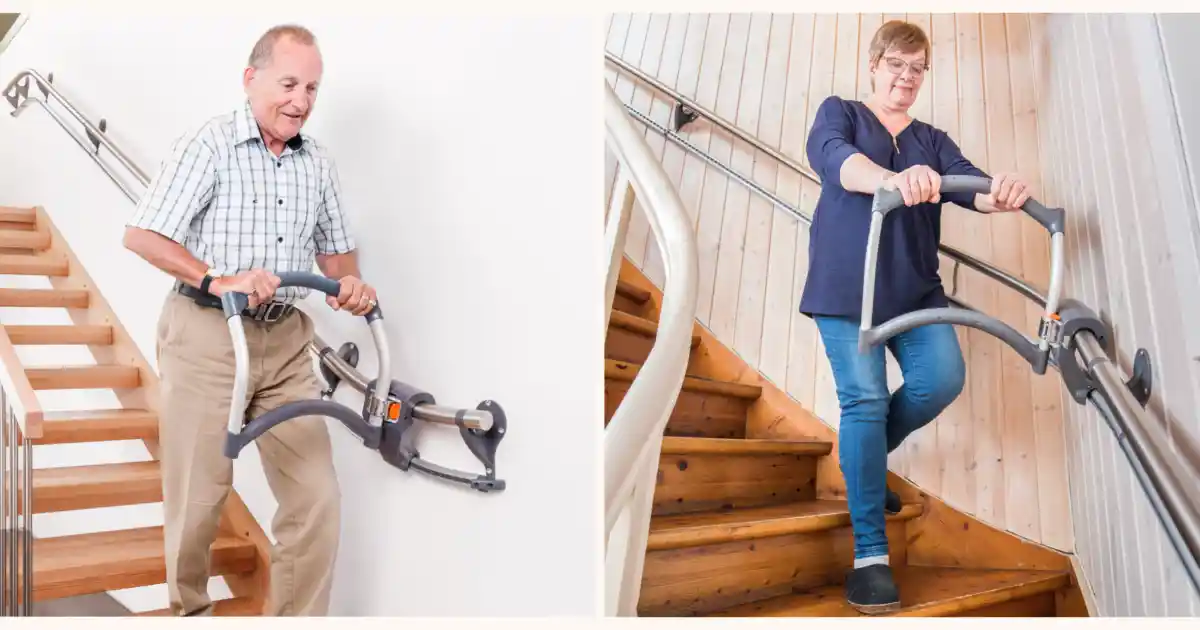In an inclusive society, addressing diverse mobility requirements is crucial for home access aids. Customizing these aids ensures that everyone, regardless of their needs, feels a sense of belonging and has equal access to their homes.
This article explores the significance of choosing home access aids that cater to a wide range of mobility requirements and how they can be tailored for individuals with different abilities. By understanding societal needs and the challenges faced by individuals with diverse mobility requirements, we can develop inclusive and empowering home access aids.
Join us as we delve into the world of home access aids and their transformative impact on individuals with diverse mobility requirements.
Key Takeaways
- Home access aids enhance the quality of life for individuals with diverse mobility requirements.
- It is important to consider the specific needs and limitations of the individual when choosing home access aids.
- Different types of home access aids are available, such as ramps, stairlifts, grab bars, and wheelchair lifts.
- Customizing home access aids to address unique challenges and abilities is crucial for maintaining independence and autonomy.
Understanding the Importance of Home Access Aids
Home access aids play a crucial role in enhancing the quality of life for individuals with diverse mobility requirements. These aids, such as ramps, stairlifts, and grab bars, provide the necessary support and assistance to individuals with limited mobility, allowing them to navigate their homes safely and independently.
By removing physical barriers and creating a more accessible environment, these aids enable individuals to maintain their independence, participate in everyday activities, and foster a sense of belonging within their own homes.
Furthermore, home access aids not only benefit the individuals directly affected by mobility issues but also have a positive impact on their families and caregivers by reducing the burden of care and promoting inclusivity.
Understanding the importance of home access aids is essential in creating a supportive and inclusive environment for individuals with diverse mobility requirements.
Factors to Consider When Choosing Home Access Aids
When selecting home access aids, it is important to carefully consider various factors to ensure the optimal solution for individuals with diverse mobility requirements. One of the key factors to consider is the specific needs and limitations of the individual. This includes their level of mobility, any disabilities or medical conditions they may have, and their personal preferences.
Additionally, the layout and design of the home must be taken into account. Factors such as the presence of stairs, narrow doorways, or uneven surfaces can greatly impact the choice of home access aids.
The budget and cost of the aids is also an important consideration, as some solutions may be more affordable than others.
Lastly, it is crucial to involve the individual in the decision-making process to ensure that their voice is heard and their needs are met.
Different Types of Home Access Aids Available
There are various types of home access aids available to address diverse mobility requirements and provide individuals with the necessary support to navigate their living spaces.
These aids can be categorized into different categories based on their functionality and purpose. One common type of home access aid is ramps, which help individuals with mobility challenges to overcome barriers such as steps or curbs.
Another type is stairlifts, which are designed to assist individuals in safely navigating stairs. Grab bars and handrails are essential aids that provide stability and support in areas like bathrooms and hallways.
Additionally, wheelchair lifts and elevators enable individuals with limited mobility to access different levels of their homes.
It is important to consider individual needs and consult with professionals to determine the most suitable home access aids for each unique situation.

Customizing Home Access Aids for Diverse Mobility Needs
To effectively meet the diverse mobility needs of individuals, it is crucial to customize home access aids based on their specific requirements. Every person has unique challenges and abilities, and it is important to acknowledge and address these differences when designing home access aids. Customization allows for a more tailored and personalized approach, ensuring that individuals can navigate their homes safely and independently.
When customizing home access aids, it is essential to consider factors such as the individual’s physical abilities, preferences, and the layout of their home. This may involve modifying doorways to accommodate wheelchairs or walkers, installing ramps or stairlifts for easier access, or adapting kitchen and bathroom fixtures to be more easily reachable.
By customizing these aids, individuals can maintain their sense of independence and autonomy, allowing them to feel more comfortable and confident in their own homes.
It is important to remember that customization is not a one-size-fits-all solution. Each person’s needs and preferences are unique, and it is crucial to involve them in the decision-making process. By doing so, we can ensure that home access aids are not only functional but also reflect the individual’s identity, promoting a sense of belonging and empowerment.
Tips for Making the Right Decision in Choosing Home Access Aids
Regularly assessing the individual’s specific mobility needs is essential when making informed decisions about choosing home access aids. By understanding the unique requirements of the person, you can ensure that the selected aids will effectively support their daily activities and enhance their quality of life.
Begin by consulting with healthcare professionals, such as occupational therapists or physical therapists, who can provide valuable insights and recommendations based on their expertise. Additionally, involve the individual in the decision-making process to empower them and ensure their preferences are taken into account.
Consider factors such as the layout of the home, the individual’s physical abilities, and any potential future needs. It is also crucial to research and evaluate different types of aids available and their features, keeping in mind the individual’s comfort, safety, and independence.
Making the right decision in selecting home access aids involves thorough consideration and a comprehensive understanding of the individual’s mobility requirements.
Frequently Asked Questions
What Are the Common Challenges Faced by Individuals With Diverse Mobility Requirements?
Individuals with diverse mobility requirements face common challenges such as limited accessibility, inadequate transportation options, and societal stigmatization. These challenges can hinder their independence, social participation, and overall quality of life.
Are There Any Legal Requirements or Regulations That Need to Be Considered When Choosing Home Access Aids?
Yes, there are legal requirements and regulations that need to be considered when choosing home access aids. These may vary depending on the country or region, but it is important to ensure compliance for the safety and accessibility of individuals with diverse mobility requirements.
How Can One Determine the Specific Home Access Aids Needed for Their Unique Mobility Requirements?
To determine the specific home access aids needed for unique mobility requirements, it is crucial to assess individual needs and consult with healthcare professionals. Factors such as mobility limitations, home layout, and personal preferences should be taken into account for optimal customization.
Are There Any Financial Assistance Programs Available for Individuals Who Need Home Access Aids?
Yes, there are financial assistance programs available for individuals who need home access aids. These programs aim to provide support and funding to help individuals with diverse mobility requirements access the necessary aids for their homes.
Can Home Access Aids Be Easily Installed and Removed When Needed?
Home access aids can be easily installed and removed when needed, providing convenience and flexibility for individuals with diverse mobility requirements. These aids are designed to enhance accessibility and independence in the home environment.
Conclusion
In conclusion, the customization of home access aids is crucial in ensuring equal access and independence for individuals with diverse mobility requirements. By understanding the specific challenges faced by different individuals, we can tailor these aids to meet their unique needs.
Factors such as type of aid, safety features, and ease of use should be considered when choosing home access aids. By prioritizing inclusivity and accessibility, we can create a safe and welcoming living environment for all.
You may also like to read:
How Home Organization Leads to Stress-Free Parenting


